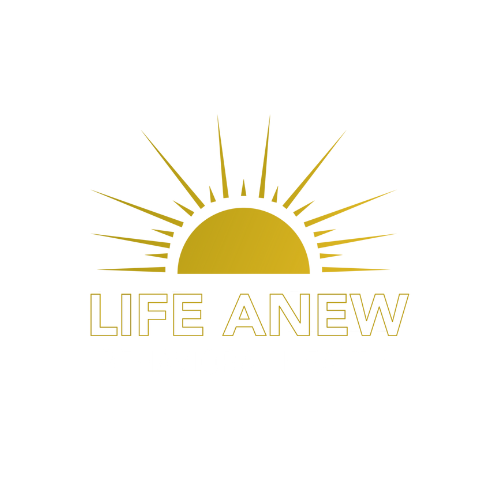🧠 The Big Picture
May is nationally recognized as Mental Health Awareness Month, and this year it comes at a time when the mental health crisis continues to intensify—particularly in under-resourced and multicultural communities. States like Ohio and Michigan are using the month to bring attention to the growing need for accessible, inclusive mental health services and support.
From local governments to universities and community health organizations, a wide range of initiatives are being launched to break stigma, increase access, and build systemic support for mental well-being.
📊 By the Numbers
-
1 in 5 adults in Ohio lives with a mental illness.
-
2.3 million Ohioans report experiencing a mental health condition each year.
-
$51 million is being invested by Ohio into mental health crisis response teams—specifically for youth.
-
988 calls have increased in Ohio since the national mental health crisis line launched—indicating both greater awareness and greater need.
-
BIPOC populations are 20–50% less likely to receive mental health treatment, despite similar or higher rates of need.
🔍 Zoom In: What’s Happening in Ohio
Ohio is stepping up: The state has pledged a $51 million investment into youth mental health crisis response teams, which will operate regionally to meet children and families where they are. These mobile units aim to reduce hospitalization, support schools, and decrease long-term trauma by providing real-time mental health support.
In Dayton, new reports show rising substance use tied to untreated mental health conditions—highlighting how deeply connected these issues are.
Meanwhile, universities like Purdue (nearby in Indiana) are expanding mental health programming to students and faculty, offering workshops, peer-support groups, and telehealth resources to promote behavioral wellness.
👀 What We’re Watching
-
Will the $51M investment be enough to address rural and urban disparities in Ohio’s youth services?
-
How will BIPOC communities be centered—or overlooked—in these new statewide initiatives?
-
Can public health campaigns effectively shift stigma in older generations and immigrant communities?
🔄 Between the Lines
Mental Health Awareness Month isn’t just about talking—it’s about action. Funding and proclamations are a start, but unless equity, access, and cultural relevance are prioritized, large swaths of the population will continue to fall through the cracks.
It’s also clear that early intervention—especially for youth—is now widely recognized as key to preventing long-term trauma and instability.
🧭 The Backstory
Mental Health Awareness Month has been observed in the U.S. since 1949, originally to promote education and advocacy. Over time, it’s evolved to include digital campaigns, policy pushes, and on-the-ground mental health fairs and workshops.
Yet the stakes have never been higher. The pandemic, coupled with systemic racism, economic strain, and community violence, has put immense mental strain on BIPOC populations and other historically marginalized groups.
🫶 The Life Anew Angle
At Life Anew Behavioral Health, our mission is rooted in restoring dignity, empowering families, and creating access for communities that have been overlooked or underserved. This month, our commitment goes beyond awareness.
We believe:
-
Access to care must be equitable—that means culturally competent providers, community trust, and meeting clients where they are.
-
Early intervention changes lives—especially for BIPOC youth and families facing systemic barriers.
-
Breaking stigma starts at home—within families, schools, churches, and barbershops.
As state and national efforts expand, we call on leaders to prioritize BIPOC communities in funding, policy, and outreach.
This is more than a moment—it’s a movement.




